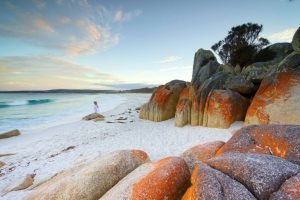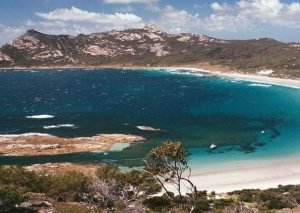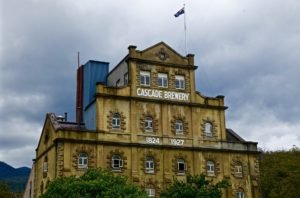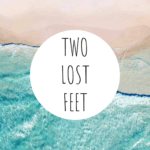How to travel on a budget – Have you ever said one of these things:
“I wish I could travel more but I can’t afford it.”
“How do other people travel non-stop?”
“I don’t have enough money for long term travel.”
“I don’t know where to begin.”
We have been there. Like yourself, I use to think that travel, especially long term, was something that I could never afford to do. I wondered how some people just seem to travel from place to place for years. I didn’t grow up with much money and my family and friends didn’t travel much – when we did it was to camping grounds or places close to home. The older I became, the more work started to consume more of my time. My parents didn’t pay my way, and I was unsure of how to make travel dreams a reality. I saw the commercials, watched the travel shows and read the travel magazines and thought “There is no way I can afford that.” But it was something that we really wanted so we set a goal and worked hard at saving to make our dreams happen.

How to travel on a budget
travel in developed countries
Ruby and myself have spent the last five years travelling the world and I am here to tell you that it is 100% possible – no matter where you are from or what your level of income. It has been over seven months of travelling with thousands of kilometers covered on the road since we left Australia to travel South America.
We are currently in Brazil and this is the fourth country that we have visited in the last 7 months (After New Zealand, Chile and Argentina). Now, around half way through our journey on this incredible continent, we thought it is a good time to check in and see how our money is going. Surprisingly, it is under what we had budgeted! Lets be honest, travelling to these four countries is by no means cheap. They are all modern developed countries and more expensive than places like India or Peru. But we have found some ways to minimise our expenses. We hope that this post inspires you also to make the move and become an independent traveller on a budget.
What we budgeted
When we first began this trip, it made sense to try and come up with a budget that was within our savings (who wants to end up with a credit card debt when they get home?), and what we presumed would be adequate for day to day costs while living abroad. This was quite a task as we had read many forums, guidebooks and blog posts from different people on daily costs in Latin America. Some were hitch-hikers living on next to nothing and surviving on a diet of rice and beans and some were staying in the best hotels drinking all the pisco sours they could find. Finding ourselves somewhere in between (we like rice and beans, and also piscos!) we came up with a total of $140AUD a day, which totalled almost $1000 a week between the two of us. This seemed reasonable right? Well, we hoped so!
What’s included in our Daily budget
- Flights Australia → New Zealand
- Flights New Zealand → South America
- Food and Drink
- Camper-van Hire in New Zealand
- Fuel
- Travel Insurance and other essential documents
- Accommodation and Camping
- Sightseeing and Tours
- Other things like Phone credit and SIM cards, Car insurance, Road tolls, UBER rides etc
What is not included
Purchasing the car in Chile. We decided not to include this in the budget as it would give an unrealistic view of our expenses. When we sell the car at the end of our trip we will factor in however much we lose on the resale.
See how we bought our car here.
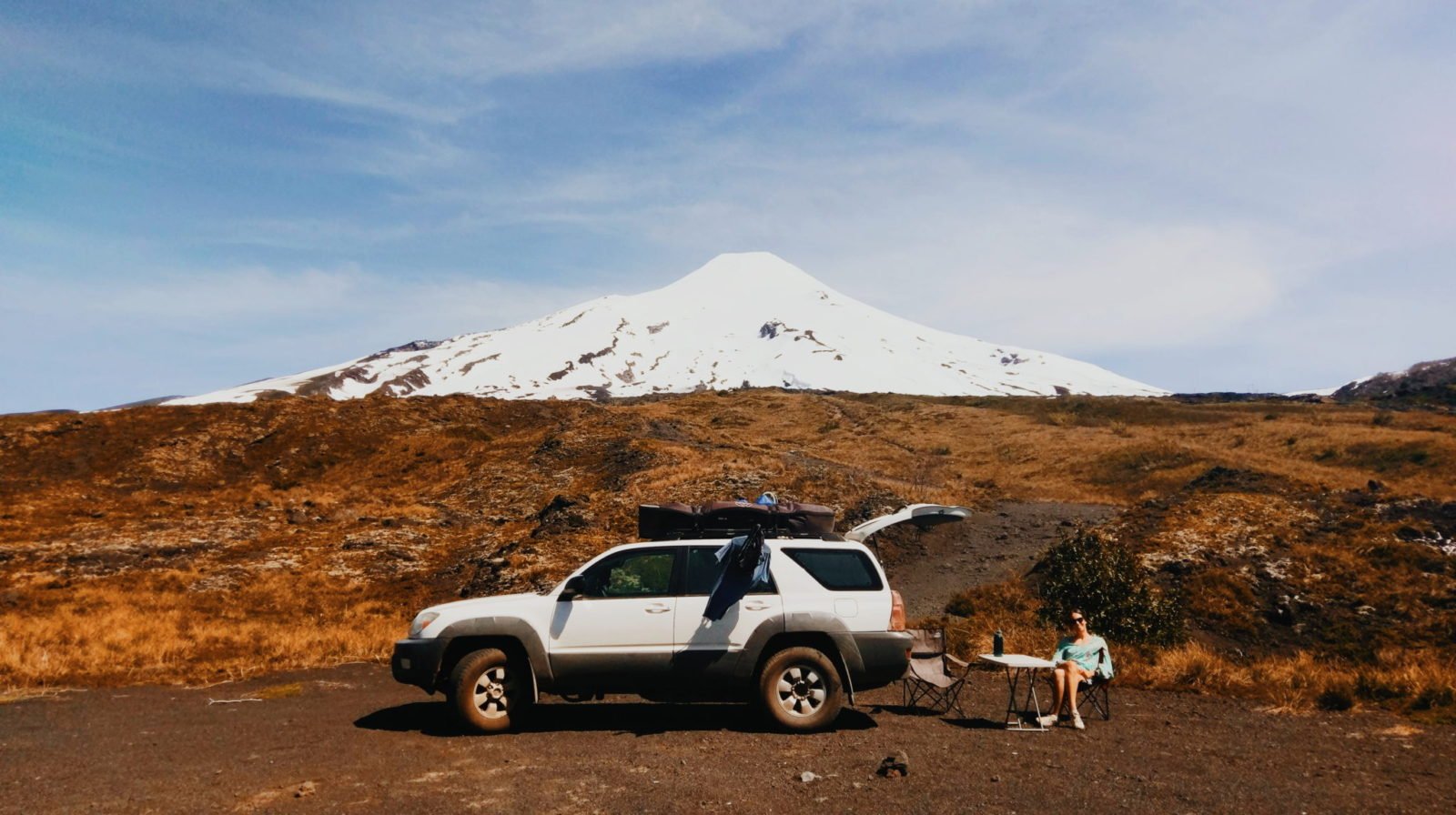
How to travel on a budget
Believe it or not, we have been living on under $100AUD a day. That’s less than $50 a day each! Below we have included some of the actual costs of things and a few tips to help others save some money.
- Days abroad 216
- Total money spent – $21,400AUD
- Daily average $99.07AUD
Flights -$1926 – 9% of total budget
Before we left, we constantly were looking for the cheapest flights possible. Our recommendation is to use websites like Skyscanner. Often you can find a cheap deal.
Travel Insurance – $3100 – 14.5% of total budget
Travel insurance can be very expensive, but in our opinion it is much better to pay for it and have nothing happen. Rather than something happening and not having it! We use Travel Insurance Saver. They are a company run by QBE Insurance and for Australians I could not recommend them enough. While not the cheapest option, they offer cover for almost everything and it’s easy to see what is and isn’t covered. We have used them for other trips and when we have needed help they have been great to deal with. Plus high altitude trekking is automatically included in their policies.
Campervan hire in New Zealand – $520 – 2.5% of total budget
A camper van is a great way to explore New Zealand. In our opinion it is the only way if you want to really experience the beauty that this country offers. We found many free camping sites that saved us a tonne of money. Having the van also allowed us to visit places that wouldn’t have been possible without our own wheels. Since we travelled New Zealand in the low season (August-September), we managed to find a really good deal on a camper-van. Using the site Motor Home Republic to compare the different prices between companies was really helpful.

How to travel on a budget
Fuel – $5484 – 25% of total budget
Fuel has been one of the biggest costs of our trip. In New Zealand, prices were by far the most expensive yet, around $2.30AUD a litre. Chile, Argentina and Brazil have been around $1.50-$1.80AUD. Spending over $5000 in fuel over seven months may seem crazy, but it averages around $25 a day. On top of this we have hardly payed for a bus fare. Many buses, especially in Patagonia were very expensive and to pay for two people it quickly adds up. Surprisingly it always worked out cheaper for us to drive than take the bus.
Food and drink – $4286 – 20% of total budget
We all need to eat right (and have a drink every now and then). For us, this is one of the most important parts of travelling. Staying healthy on the road can sometimes be tough, all those roadside foods and snacks can be tempting. To keep our costs down we have tried to eat and drink like the locals do. We bought in season fruits and vegetables from markets, meat and fish from local butchers and fishermen. We choose to eat at the small local restaurants instead of the fancy tourist ones. Think seafood empanadas, Fresh fish straight from the boats of the fishermen. Steak and fries in Argentina and “buffet livres” (all you can eat) in Brazil. As for drinking, New Zealand has a great beer scene which we really enjoyed. Chile and Argentina have brilliant wine which is very, very cheap and Brazil has Cachaca and Caipirinhas.
Accommodation – $3191 – 15% of total budget
We were quite surprised by this figure. Over 216 days it equals around $15 a day. You may say this is impossible, but this is 100% accurate. How did we manage to keep our accommodation costs so low? Wild and free camping of course. Having a camper-van or a vehicle in which you can sleep in allows you to stay in places and not pay a cent. This is not always possible and sometimes it is great to stay at a campground or hostel, enjoy a hot shower and meet some fellow travellers. But it is a great way to save money and often wake up in extraordinary places. We used an app which is free called I-Overlander. It is a great resource for finding wild and paid camping nearby that other travellers have recommended.
Sightseeing – $2093 – 10% of total budget
We all travel to experience new things and to visit those bucket list attractions. It all depends on your interests but sight seeing is an important part of travel. For the most part it is what we save our hard-earned money for. Some of the experiences we enjoyed were white-water rafting in Futaleufu – Chile, visiting over 10,000 penguins on Isla Magdalena – Chile, the impressive natural wonder of Perito Merino Glacier in Argentina and seeing the mighty roar of Iguazu falls which borders Brazil and Argentina. Websites like Tour Radar, are a great way to find last minute cheap tours near you.
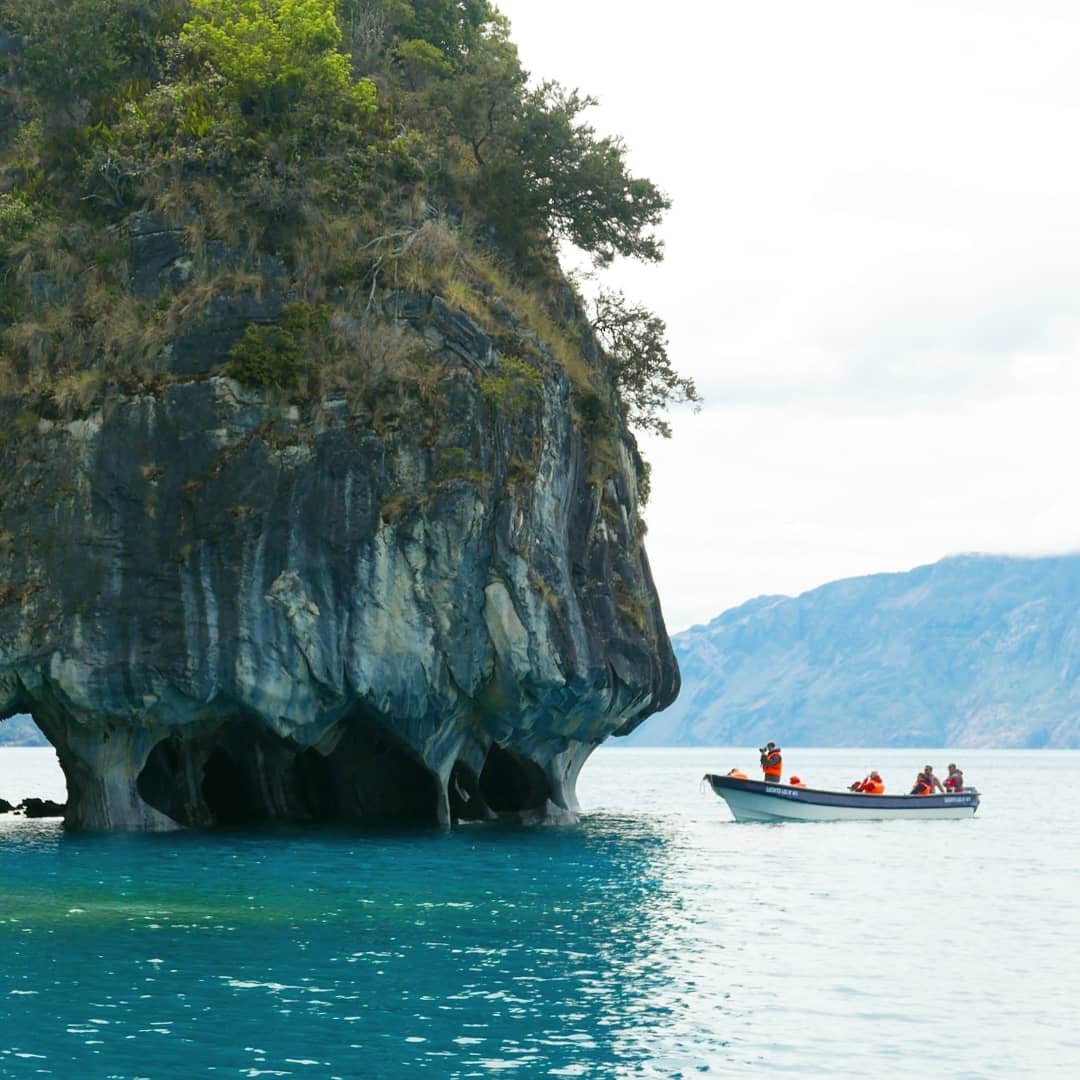
How to travel on a budget
Other costs – $800 – 4% of total budget
These are all the little costs – Some of them include, but not limited to –
Buying SIM cards and credit
We figured buying local SIMs was a much cheaper option than using our chips from home. In Latin America we found them to be quite reasonably priced. Most even offer unlimited use of Whatsapp, Facebook and twitter. This is a great way to keep in contact with family and friends for minimal cost.
Laundry
No one likes a smelly traveller. In New Zealand and Brazil it is very easy to find coin-operated laundromats that are well priced. However in Chile and Argentina it’s not so easy. Often it is a service provided by the shop on a per-kilo basis and it can be quite expensive. To save some money we often hand washed our clothes on sunny days and used the laundromats less often in Chile and Argentina.
Car servicing and insurance
Buying a car in Chile leaves you open to looking after it. It is an investment while you travel that allows you to save money and at the end of the trip we hope to sell it for close to what we payed. To achieve this, we must look after it. Regular servicing is important which includes oil changes, brake checks and fluid levels etc. If you are handy you could even try do this yourself to save some money. Car insurance is also a cost that is unavoidable and necessary. We have a third-party insurance that covers nearly all the countries in South America.
Tolls
Coming from Australia we don’t see these very often. If you want to get from A to B the fastest way, sometimes you just have to pay up to get there. Most Countries were good but we found the Ruta 5 in Chile was the worst! Sometimes on a long drive you can pay up to $30.
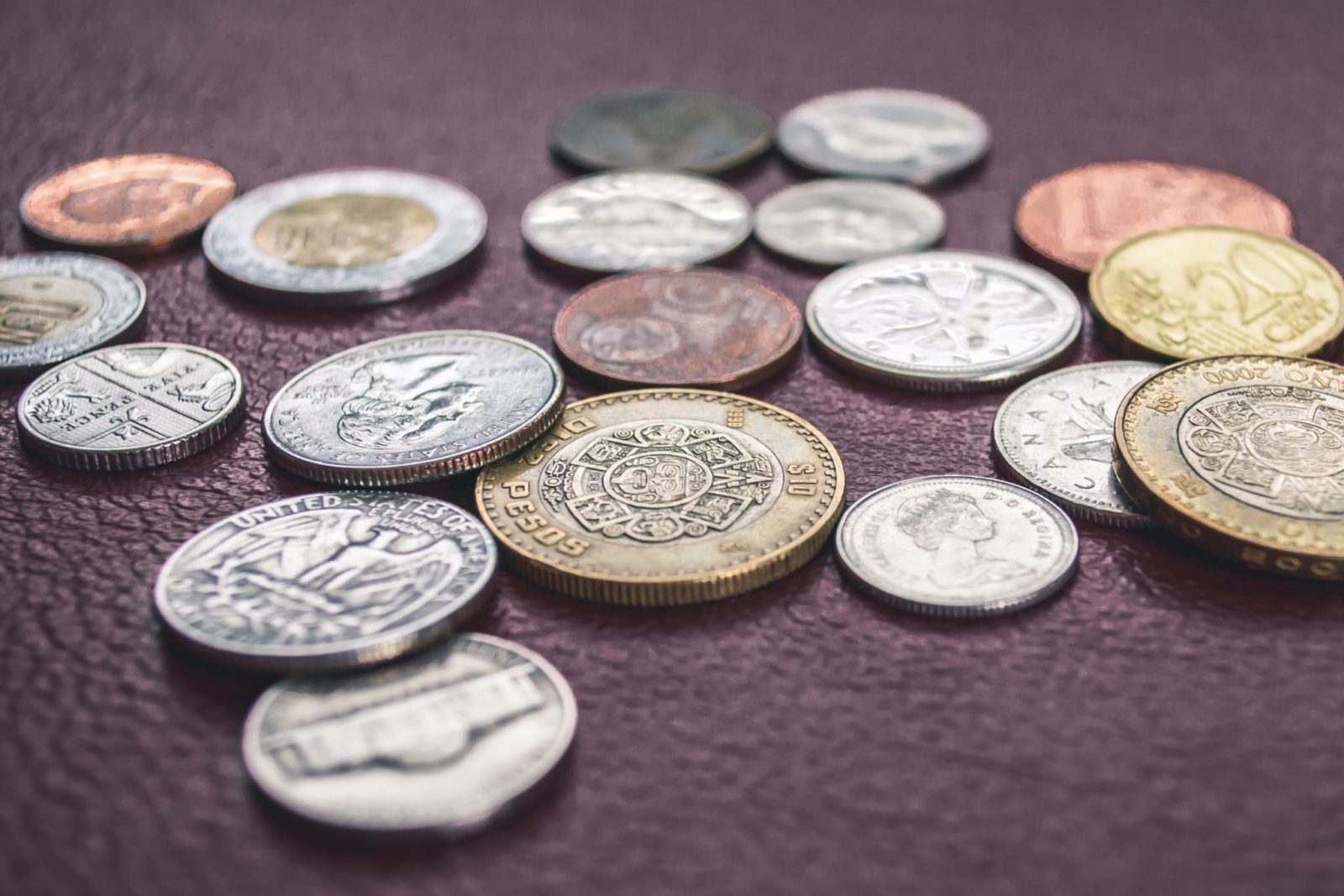
We hope this has given you some insight and a little inspiration into how to travel on a budget. In future posts we will go into more detail on saving tips and budget planning before your trip and whilst on the road. For now, have a look around on our website at some of our other posts and if you have any questions we would love to hear from you.
Happy travels
Josh & Ruby
Two Lost Feet

